Leaving familiar horizons to sail into new oceans is to embrace the thrill of discovery—where forgotten islands whisper stories of a world untouched by time.”
BIG Changes Coming for Equus
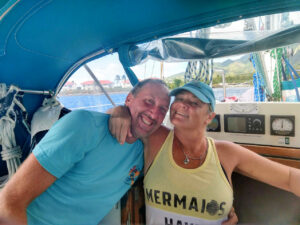
But now, everything is about to change.
I’ve always imagined there would be a defining moment in our circumnavigation—a point of no return. For us, that moment will come as we pass through the Panama Canal, leaving the Atlantic behind and entering the mighty Pacific. Though we won’t be geographically farther from the US, the shifts ahead—culturally, logistically, and emotionally—will feel like a leap into the unknown.
It’s not just a new ocean; it’s a new chapter, with the promise of discovery and the challenges of uncharted horizons. This is literal, as we have heard the charts for many of the islands we will be sailing to, fail in the accuracy department.
First Up: Transiting the Panama Canal
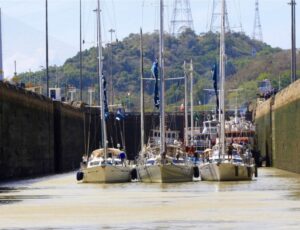
We spent a month gathering information. We were preparing for what we thought would be a January or February canal crossing, the peak season for cruisers heading into the Pacific. But, like most of our “plans,” the timeline took a turn of its own.
The Agent Debate
First and foremost, hiring an agent to handle the formalities is highly recommended, and for good reason. After hearing the horror stories of endless paperwork, confusing fees, and scheduling delays, we contacted an agent recommended by trusted friends who had crossed before us.
Our initial plan was to leave the boat in a marina over the holidays on the Atlantic side, fly home to spend Christmas with family, and then return to make the transit. But our agent strongly advised against our chosen dates, explaining it would be cheaper, easier, and faster to cross in December—before the big rush.
Cheaper and easier? Say no more. We adjusted our flights, changed our plans, and began researching marinas on the Pacific side where we could leave our boat after the crossing. Now, we find ourselves at Shelter Bay Marina, located at the Caribbean entrance of the canal, awaiting our December 4th transit date.
The Prep Work
Here’s a rundown of what it takes to prep for a Panama Canal crossing (and how we’re navigating it):
- Meet Your Agent (Or Be One): If you thrive on red tape, you can handle the paperwork solo. For the rest of us, an agent is a lifesaver. They’ll manage everything from inspection fees to transit costs to a “security deposit” (or, as I call it, boat ransom).
- Prepare Your Wallet: Depending on your boat size, fees start at hundreds and quickly climb into the thousands. Don’t forget to budget for miscellaneous costs—because what’s an adventure without a few surprise charges? For a 43-foot sailboat like ours, we’re looking at roughly $3,000 for the whole ordeal.
- Get Measured Up: You need to measure your boat’s length, and beam, and send the measurements and pictures of your boat to the agent. This information will be used to determine who you will be rafted up with. They can raft up three boats our size together for triple the fun!
- Rent the Essentials: You’ll need hefty lines (125 feet, four of them) and giant fenders to keep your boat from scraping against the canal walls—or the boats you’ll be rafted to. We’re renting ours, as the purchase price is, let’s say, not budget-friendly.
- Recruit Your Crew: Each boat needs four line handlers plus the captain. No shortcuts are allowed. Professional line handlers are available for hire, but they come at a steep cost. Luckily, my sister Carol is flying in to help, and we’ve roped in two boat friends eager to gain the experience of crossing.
- Feed the Advisors: The Canal assigns an advisor to your boat for the duration of the transit. Their expectations? Hot meals and beverages. If you think a simple sandwich will suffice, think again. Rumor has it that if they don’t like the food, they’ll order takeout on your dime. So yes, we’ll be donning our chef hats and feeding a crew of six.
- Hurry Up and Wait: Once you have a transit date, delays are almost inevitable. Schedules shift, and you might spend days on anchor contemplating life (or questioning your sanity). Patience isn’t just a virtue here—it’s survival.
- The Big Day(s): The full transit takes 1–2 days, covering 50 miles (80 kilometers) from the Atlantic to the Pacific. You’ll pass through massive locks, traverse Gatun Lake, and navigate the narrow Gaillard Cut, hence the need for an experienced advisor. To protect delicate equipment like solar panels, they’ll need to be wrapped in layers of cushioning. And yes, the experience is as thrilling (and stressful) as it sounds.
Sailing the the Pacific
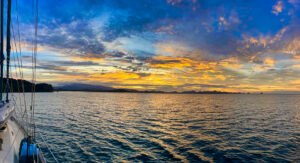
When we reach the other side of the canal, our boat will be staying in a marina while we fly home for the holidays. When we return in January, we are investing in major upgrades like new rigging, new sails, a fresh coat of bottom paint, and TWO working autopilots. If you follow us, you will know why. If all goes well, we will head out into the Pacific in mid-February.
The Pacific will push us out of our comfort zone in the best way possible. We’ll encounter islands so remote that money is meaningless, replaced by the timeless art of bartering. We’ll meet locals living off the land and sea, sharing their culture and generosity. And we’ll sail through some of the most beautiful, unspoiled places on Earth. We will be making our longest passages to date, some may be four weeks at sea. The bottom line is… prepare, prepare, prepare.
We’ve sketched an outline for our course. We have learned from the past that our itinerary is subject to change and we never know where we will end up or when we will be there. The important thing is to plan as much as possible, learn all you can about where you are going… and pray. First stop, an 800-mile sail to one of the most spectacular islands on the planet, a scuba diver’s and nature lover’s dream, the Galapagos Islands. There is a rumor floating around our boat that the captain is contemplating sailing to Ecuador first and taking a side trip to Machu Pichu.
Visiting the Galapagos Islands
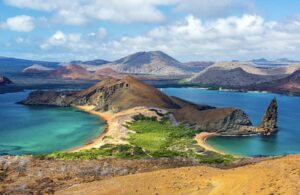
- Advance Permits Required: We need to purchase a cruising permit (autografo) arranged weeks in advance, specifying which islands we will visit. Spontaneity isn’t an option here.
- Agent Required: Like the Panama Canal, an agent is suggested to handle the paperwork.
- Inspection on Arrival: Your boat must be pristine, inside and out — free of barnacles, dirt, or invasive species. Inspections are thorough, so we are putting a fresh coat of paint on the bottom. If they find one barnacle on your boat bottom, fees will not be refunded and you will be sent away.
- Entry Fees: The Galapagos is a protected area, and the fees reflect that. There will be national park entry, conservation fees, and anchoring fees for the three islands we are allowed to visit. Our visit for a month to these islands will cost upwards of $3,000.
- Strict Rules: We need to follow strict regulations, including where you can anchor, how you dispose of waste, and which areas are off-limits without a guide. We may not have any plants on board (goodbye herb garden). We must have fumigated the boat and show proof, and have hazmat clean-up kits on board.
- Limited Services: While a few islands have basic supplies, the Galapagos is not a place to stock up. We will be stocking up before leaving Panama on canned goods and freezer foods. We will be on our own as far as groceries, for a very long time.
Sailing to the Marquesas: A True Ocean Passage

- Stunning Landscapes: We can’t wait to see the towering volcanic peaks, lush valleys, and dramatic waterfalls that make the Marquesas so breathtaking. Some say it feels like stepping into a postcard.
- Cultural Encounters: Meeting the locals is something we’re really looking forward to. Their Polynesian tattoos, dances, and music are deeply rooted in tradition. We can’t wait to experience it firsthand.
- Exquisite Fruit: We’ve heard the fruit here is incredible—juicy mangoes, sweet bananas, and fragrant breadfruit. We’re hoping we’ll get to taste these tropical treats, especially if the locals are as generous as everyone says.
- Epic Hiking: The idea of trekking through rugged trails to hidden waterfalls and ancient ruins excites us. We love learning about the history of the places we visit. While we had some knowledge of the places we have visited previously, we know very little about the history of these islands.
- Wildlife Watching: We can’t wait to swim with manta rays, spot colorful birds, and watch dolphins playing around our boat. The snorkeling and diving will be incredible. Anchoring in secluded bays will feel like discovering our own private paradise—something we’ve dreamed about since we started this journey.
More rumors are floating around that the captain is also contemplating sailing to Easter Island before heading north to the Marquesas. Stay tuned…
Fun Things to Expect in the Tuamotu Islands
Incredible Diving and Snorkeling: We’re eager to explore the crystal-clear lagoons, teeming with vibrant coral gardens, sharks, and tropical fish.
- Remote Atolls: The Tuamotus are dotted with low-lying, ring-shaped atolls that feel like hidden gems in the middle of the ocean. The atolls are land just below the surface of the water but are thriving with pristine sea life. We may be the only boat at these locations but the experience will be epic.
- Navigational Challenges: We’re ready to navigate the narrow passes surrounded by reefs. Timing will be everything!
- Friendly Locals: We’ve heard the people here are incredibly warm and welcoming, often sharing fresh coconuts and fish with passing sailors. They will approach your boat in their canoes and the bartering will begin, in sign language, because we don’t speak Tuamotu. We will stock up on dollar store items as reading glasses, medical supplies, notebooks, and pencils, are all hot commodities.
Venturing to the Austral Islands
- Remote and sparsely populated, these islands feel like stepping back in time. Bartering is common here; locals may trade fruits, veggies, or fresh fish for items like
tools, fishing gear, or even simple household goods.
- Timeless Traditions: We’re excited to meet locals who still practice age-old customs, from weaving to carving, and learn more about their unique way of life.
- Bartering Adventures: With no stores in some places, we’re looking forward to trading items like tools or fishing gear for fresh fruits, veggies, and fish.
- Lush Landscapes: The remote beauty of these islands is legendary with their rugged terrain and dense greenery, the Austral Islands are off the beaten path, so we’ll get to experience a side of the Pacific that few cruisers ever see.
- Fishing Opportunities: These waters are rumored to be teeming with fish, and we’re ready to test our luck with some lines off the back of the boat.
The Society Islands (Tahiti, Bora Bora, etc.)
- These islands are more developed, offering marinas, provisioning, and even Wi-Fi in some places. But don’t let the convenience fool you—they’re still paradise, with breathtaking lagoons and volcanic peaks. These islands offer a mix of high-end resorts and untouched natural beauty, giving us the best of both worlds.
Iconic Destinations: We can’t wait to explore world-famous spots like Bora Bora, Moorea, and Tahiti. These are the islands I have seen pictures of and dreamed about visiting.
- Stunning Lagoons: The turquoise waters are perfect for us to swim, paddleboard, snorkel and dive to our hearts’ content. We have a compressor on board to fill our dive tanks so we can dive in each of these lagoons to our hearts’ content.
- Cultural Events: The Society Islands are known for their vibrant festivals, and we hope to experience some traditional dances, music, and crafts. My inner photographer is bursting at the seams with excitement over the photo opportunities!
- Provisioning and Repairs: It’ll be nice to stock up on supplies and have access to basic repairs after spending so much time in more remote areas. We will be spending two cruising seasons in this part of the Pacific so I’m sure repairs will be in order by the time we reach these islands.
It All Seems Surreal…
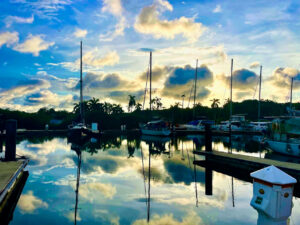
The best part is that now that we have the advanced technology of Starlink, we will be able to stay connected throughout this journey. It is only within the past year or so that this has become a possibility for sailors such as ourselves. I’m hoping to be able to share the sights and adventures at each of our exotic destinations.
As I am entering the digital era, as an author, I am trying to grow my audience and following. You can greatly support our journey by liking and sharing our blogs and posts. I have three manuscripts ready to publish. It is a Herculean task, getting books published, but I truly love seeing my stories in print. I hope you enjoy reading them. Thank you for all your prayers, love, and support.
Fair Winds,
Alison and Captain Dan
S/V Equus

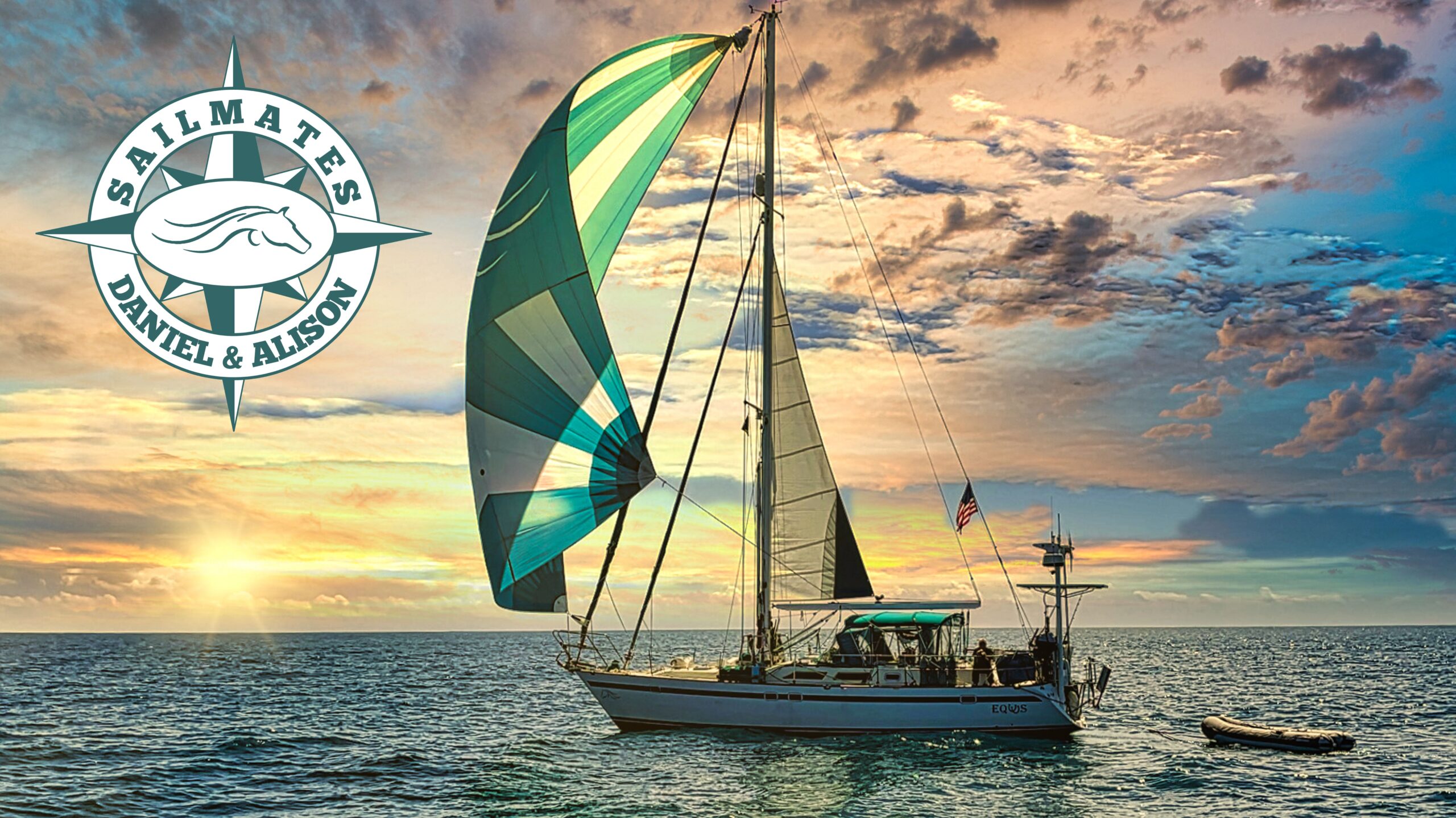
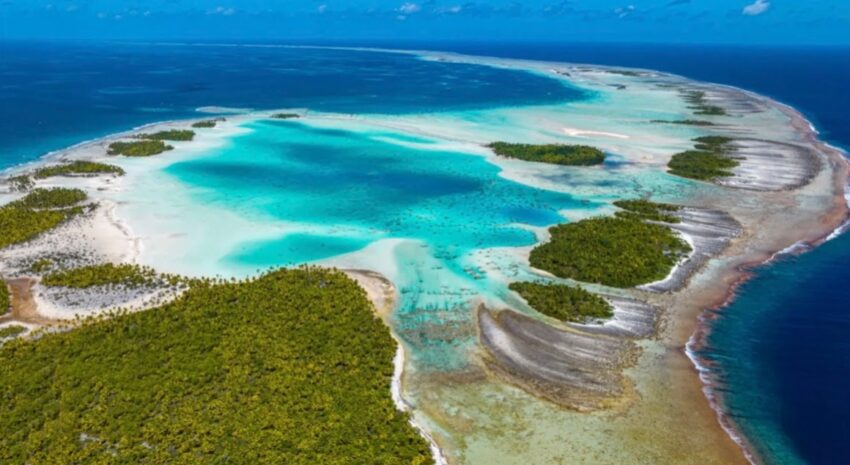
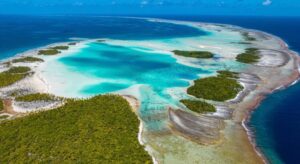
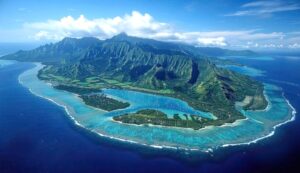
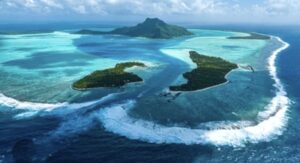
You two take my breath away. We follow your stories and admire so much the way you seize each day as a precious gift from God. Our prayers and thoughts will continue to accompany you on this amazing adventure..God Bless You and keep you safe..❤️❤️
Thanks for the prayers and the support! I hope you will feel like you are on the journey with us as I will post pictures and updates!